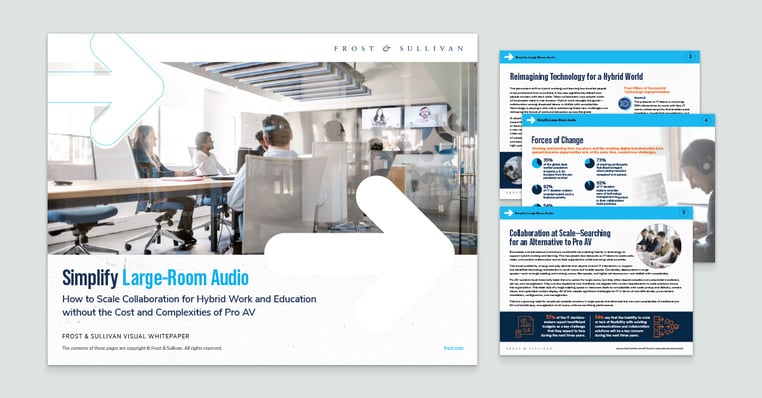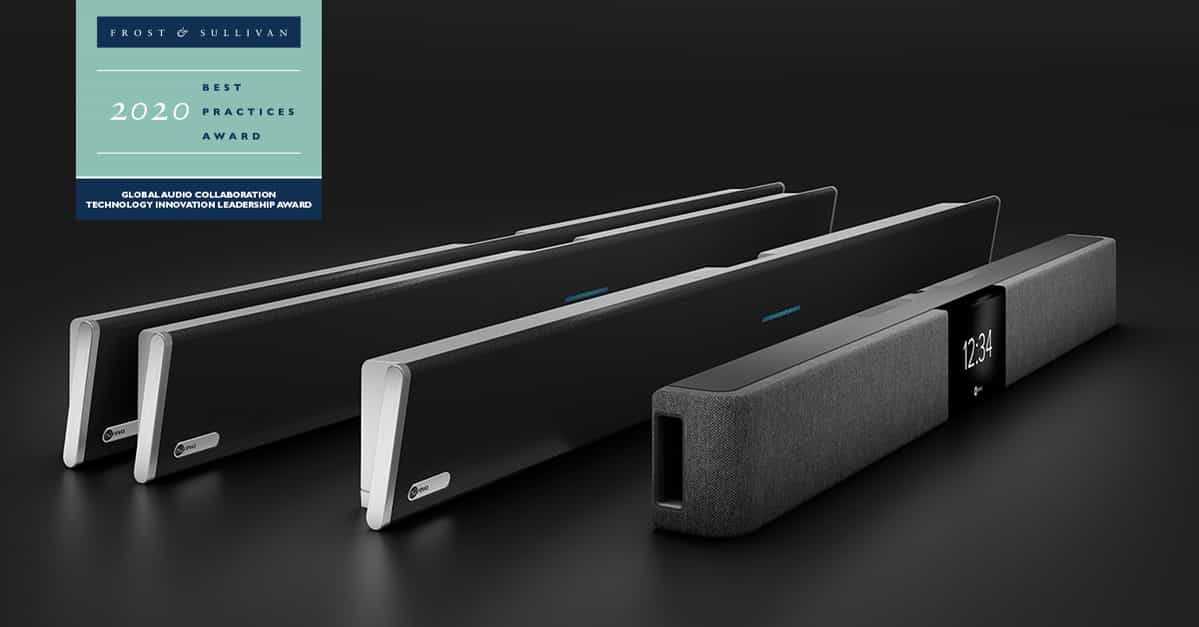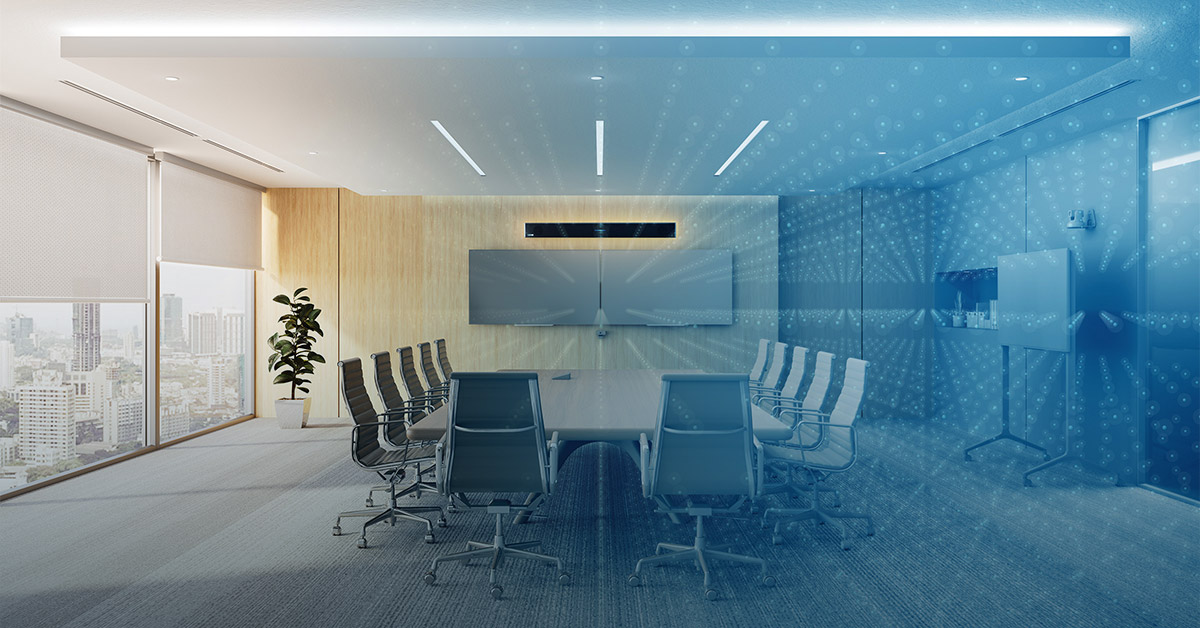In this report, Frost & Sullivan analysts tell us that in a post-pandemic world, business leaders and IT managers “must ensure that remote working and learning is not a compromise — everyone should have access to high-quality collaboration tools.”
They build their case by surveying the collaboration needs and capabilities of organizations that are creating meeting and learning spaces during the hybrid era. They note how, in this environment, IT pros are experiencing greater demands on their time and expertise.
Existing solutions like traditional multicomponent systems can be found to be deficient due to complexity, possible performance issues and cost. In their place is a new generation of transformative technology that delivers clear audio, simplicity and lower cost while enabling more engaging, accessible meetings and classes.



















